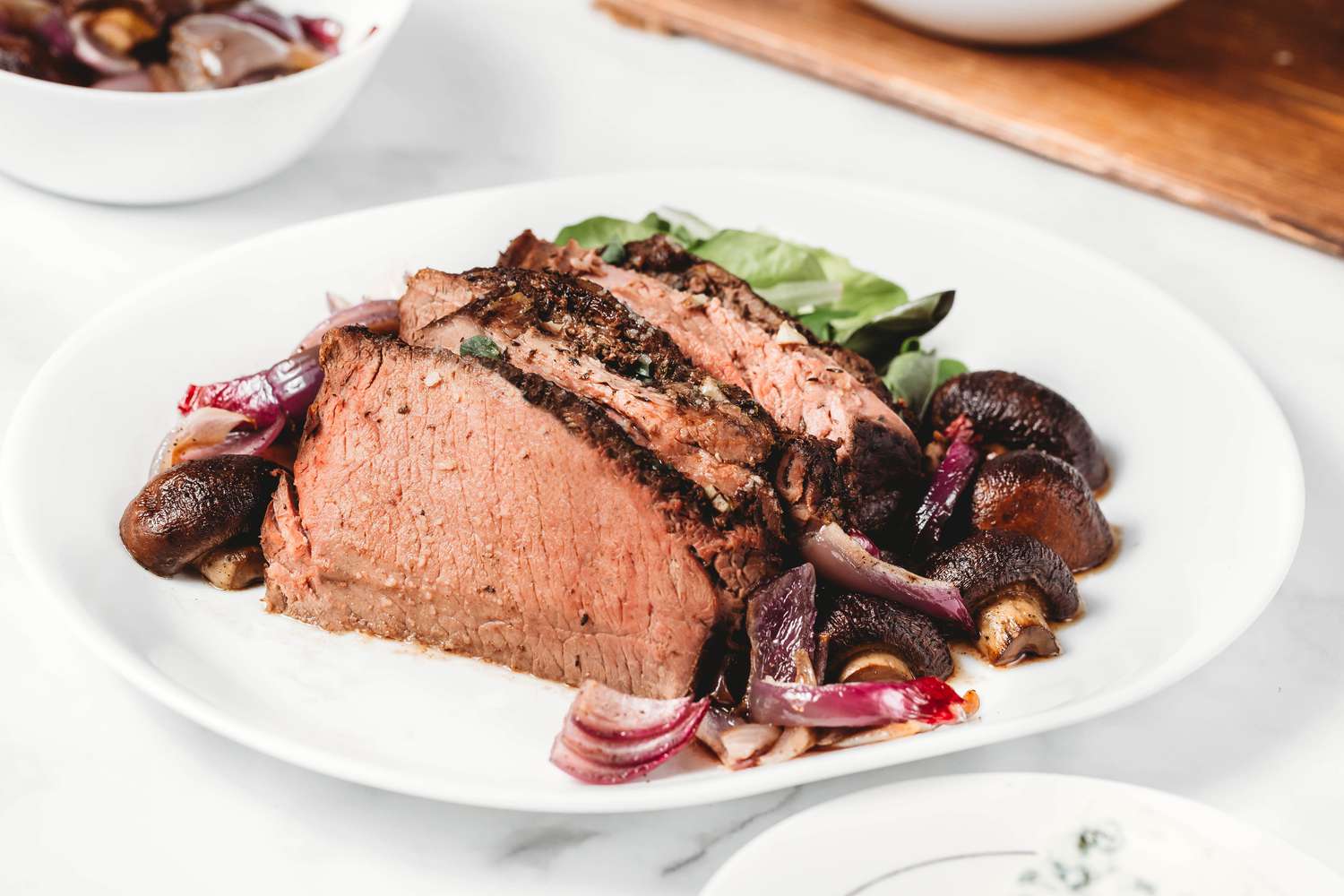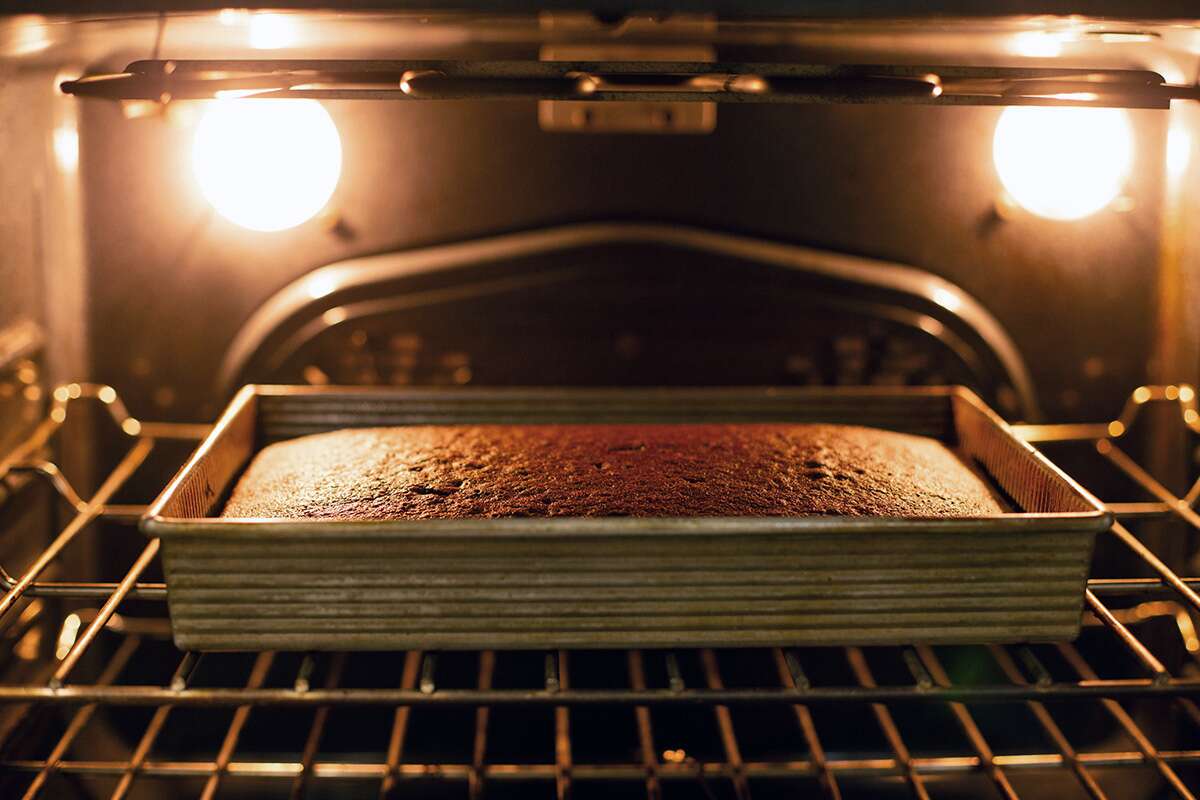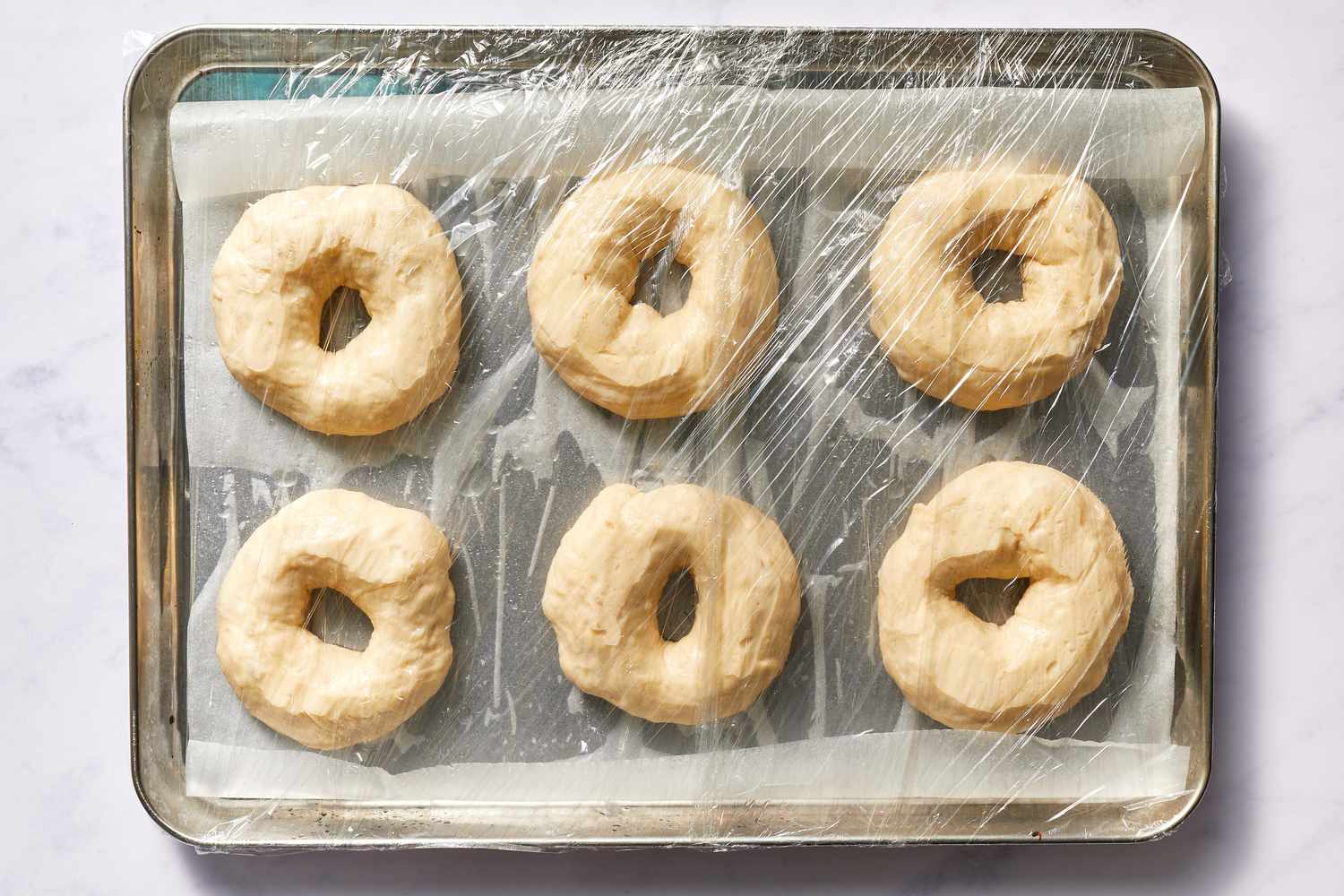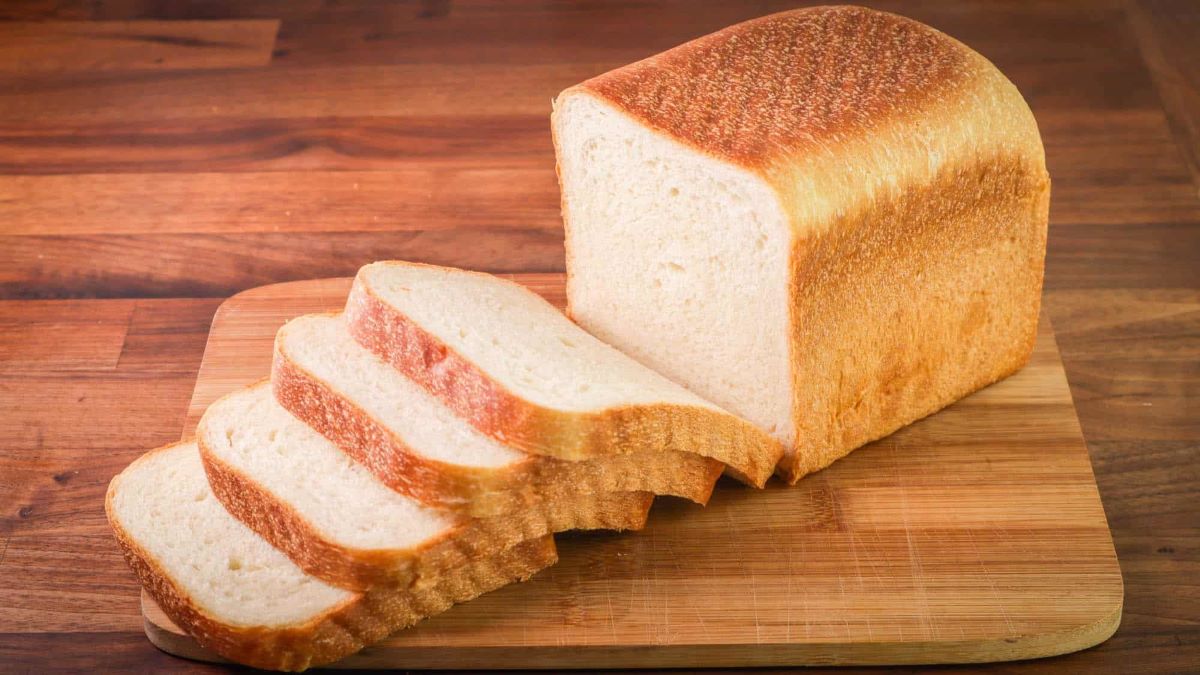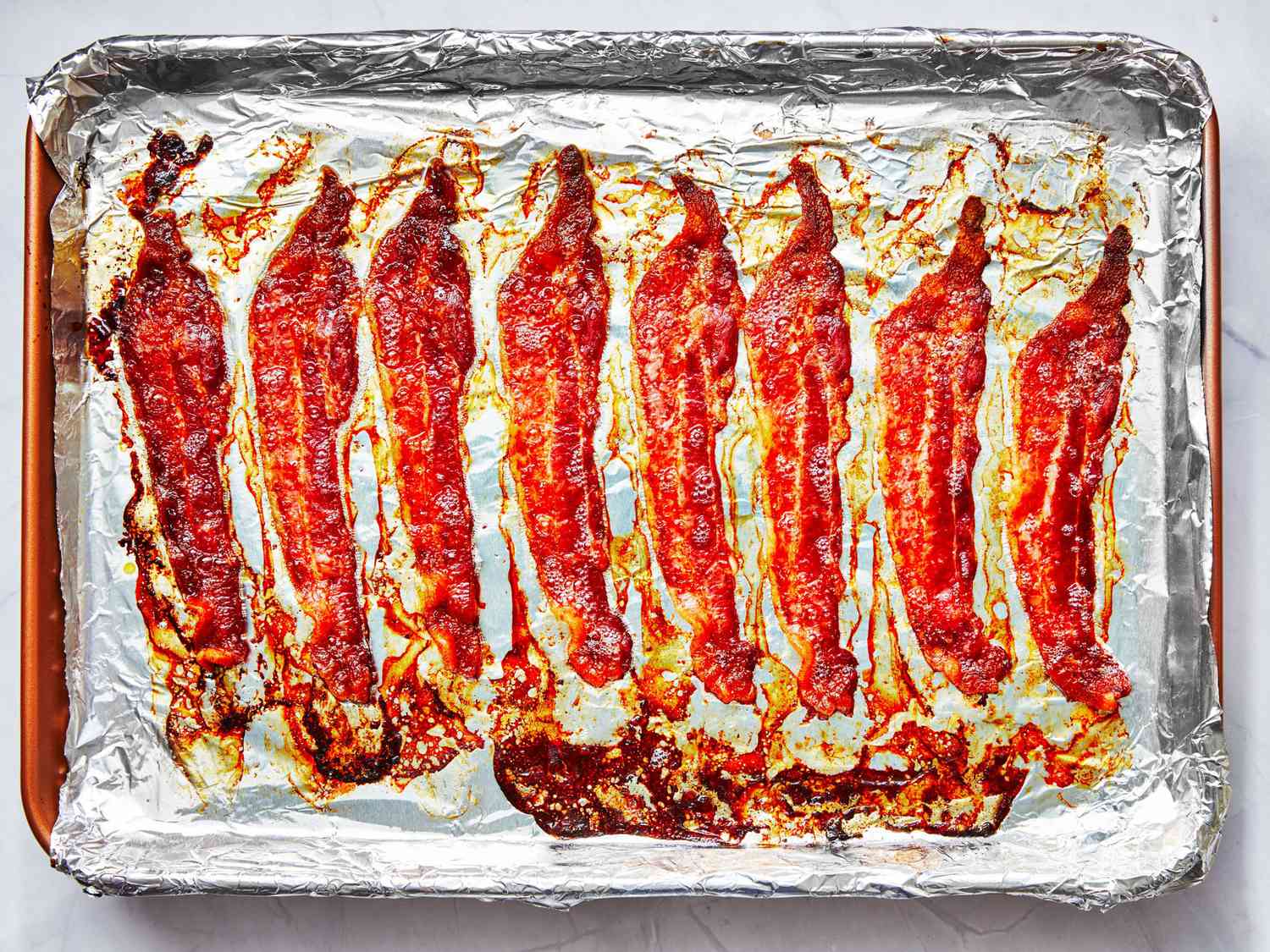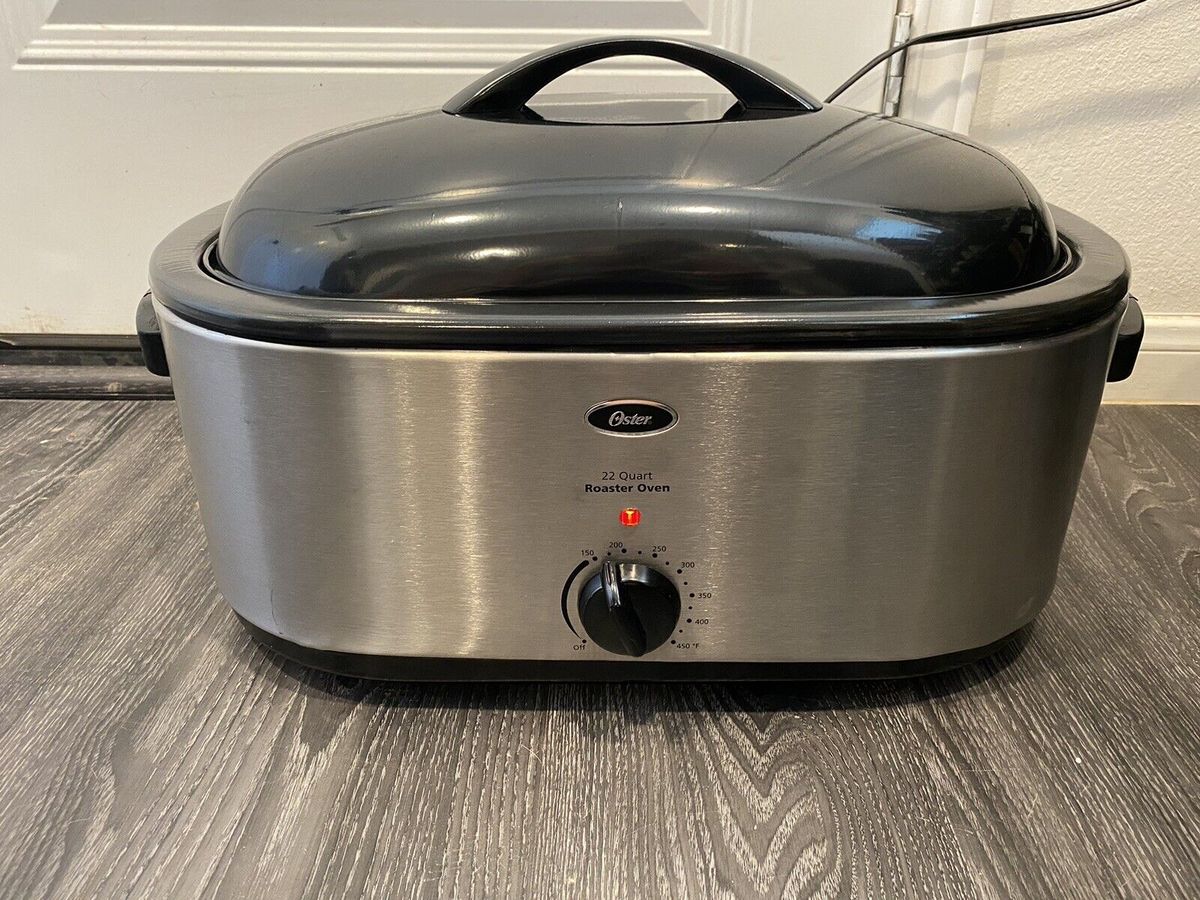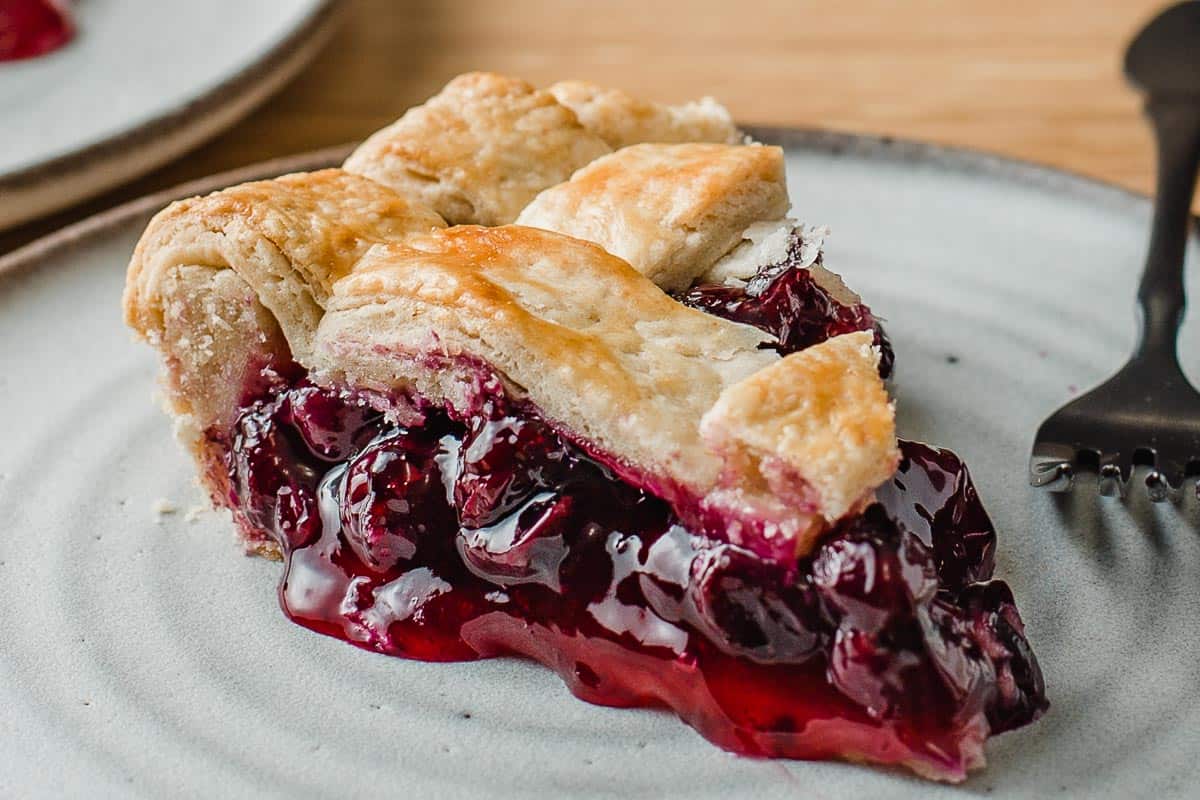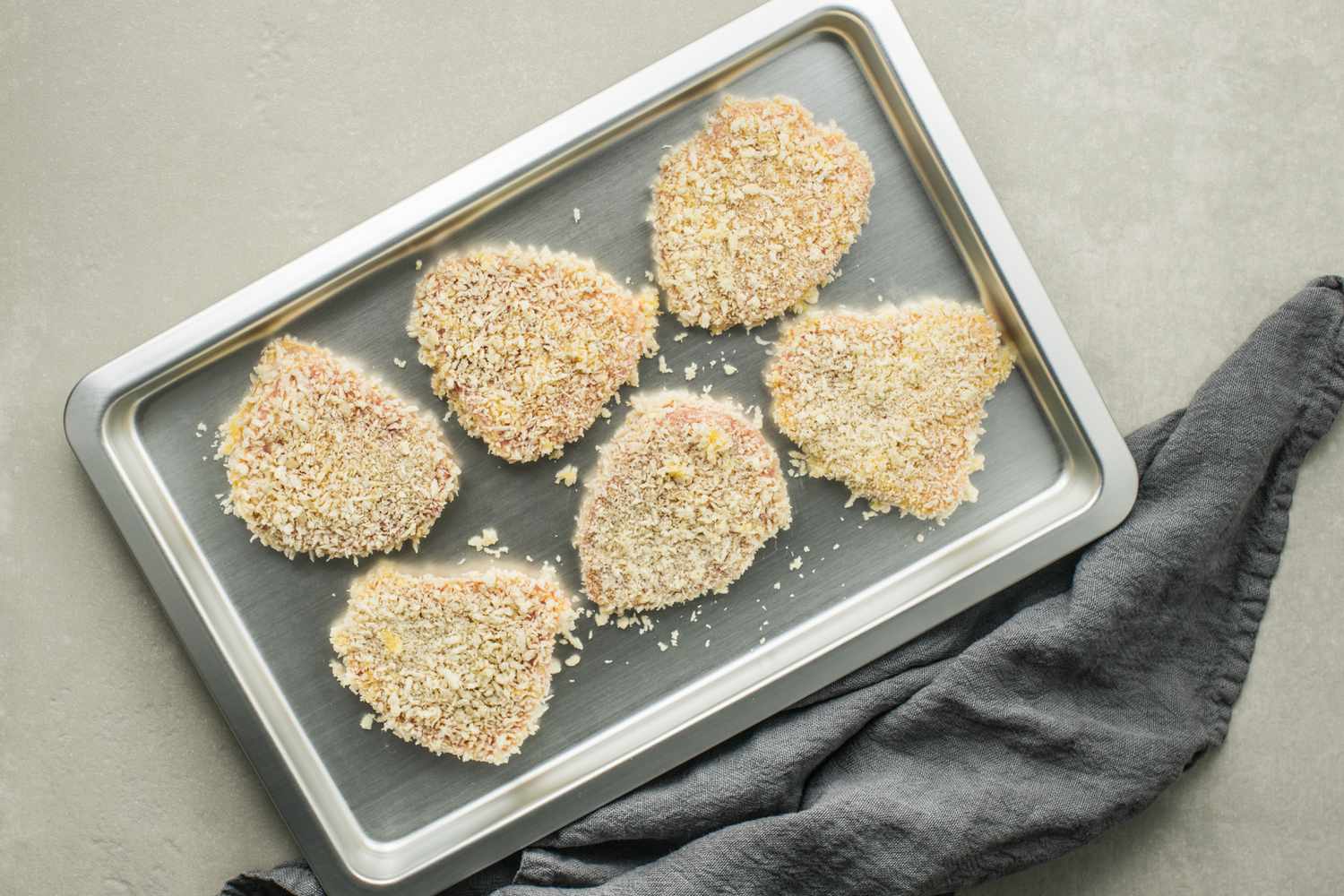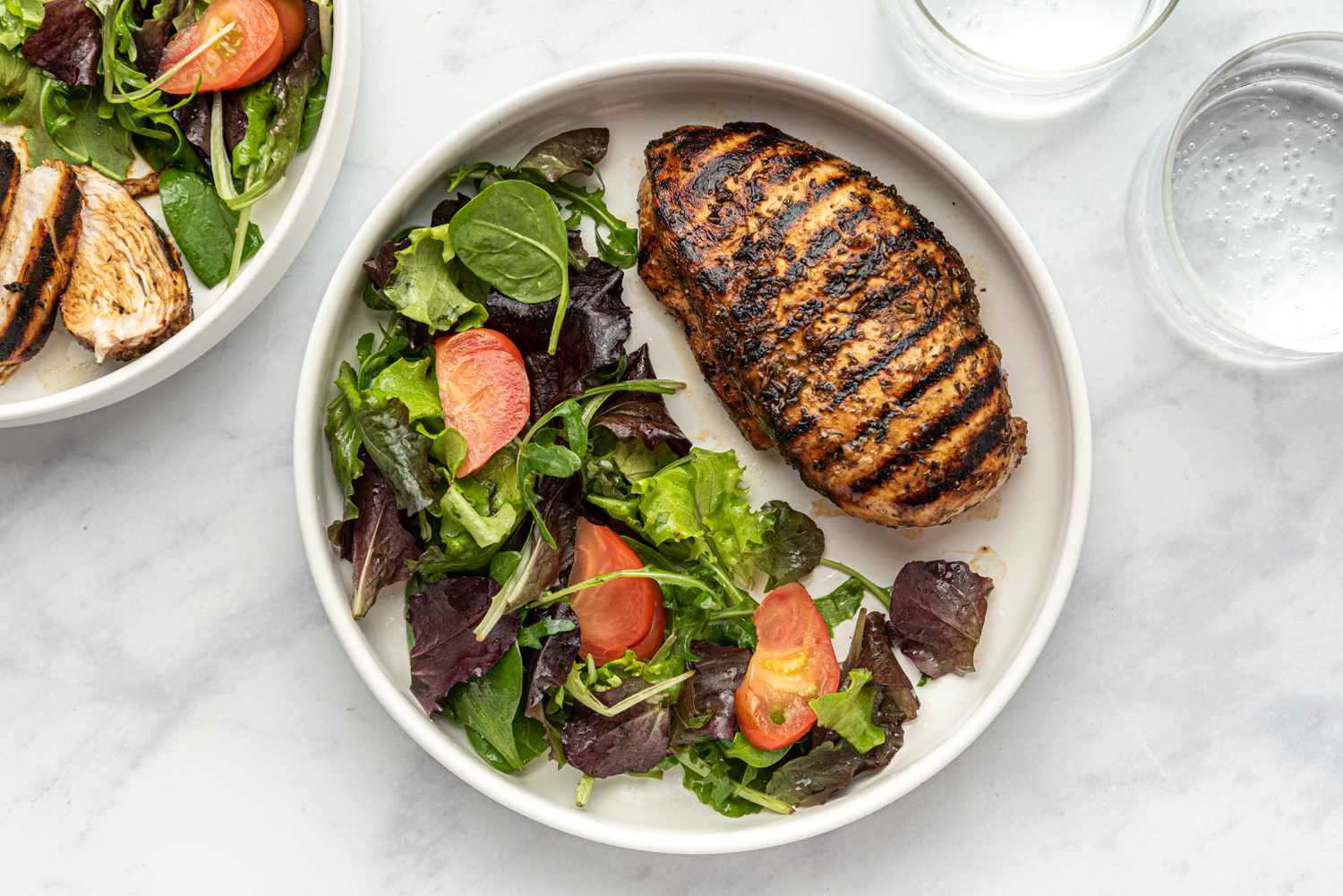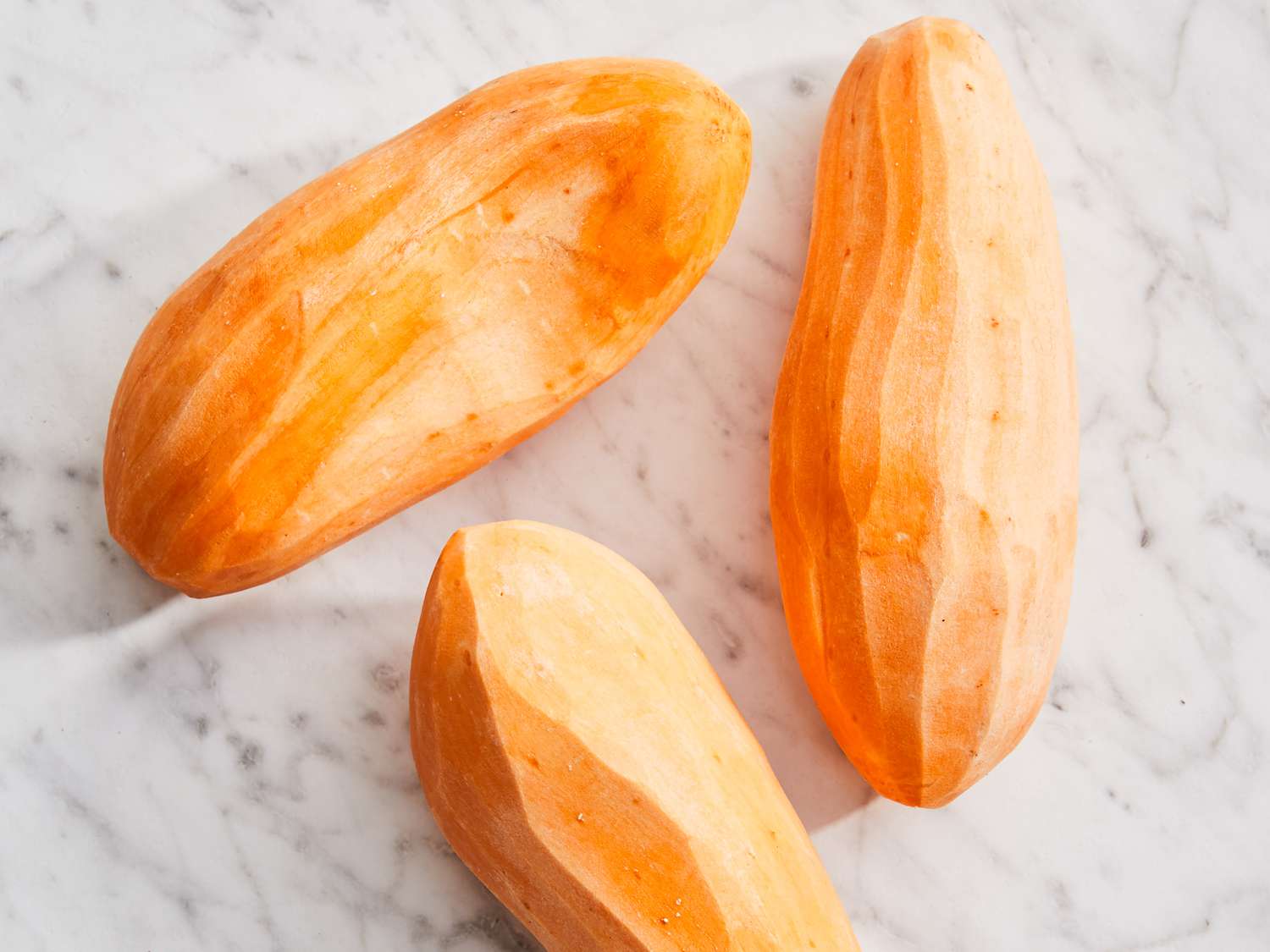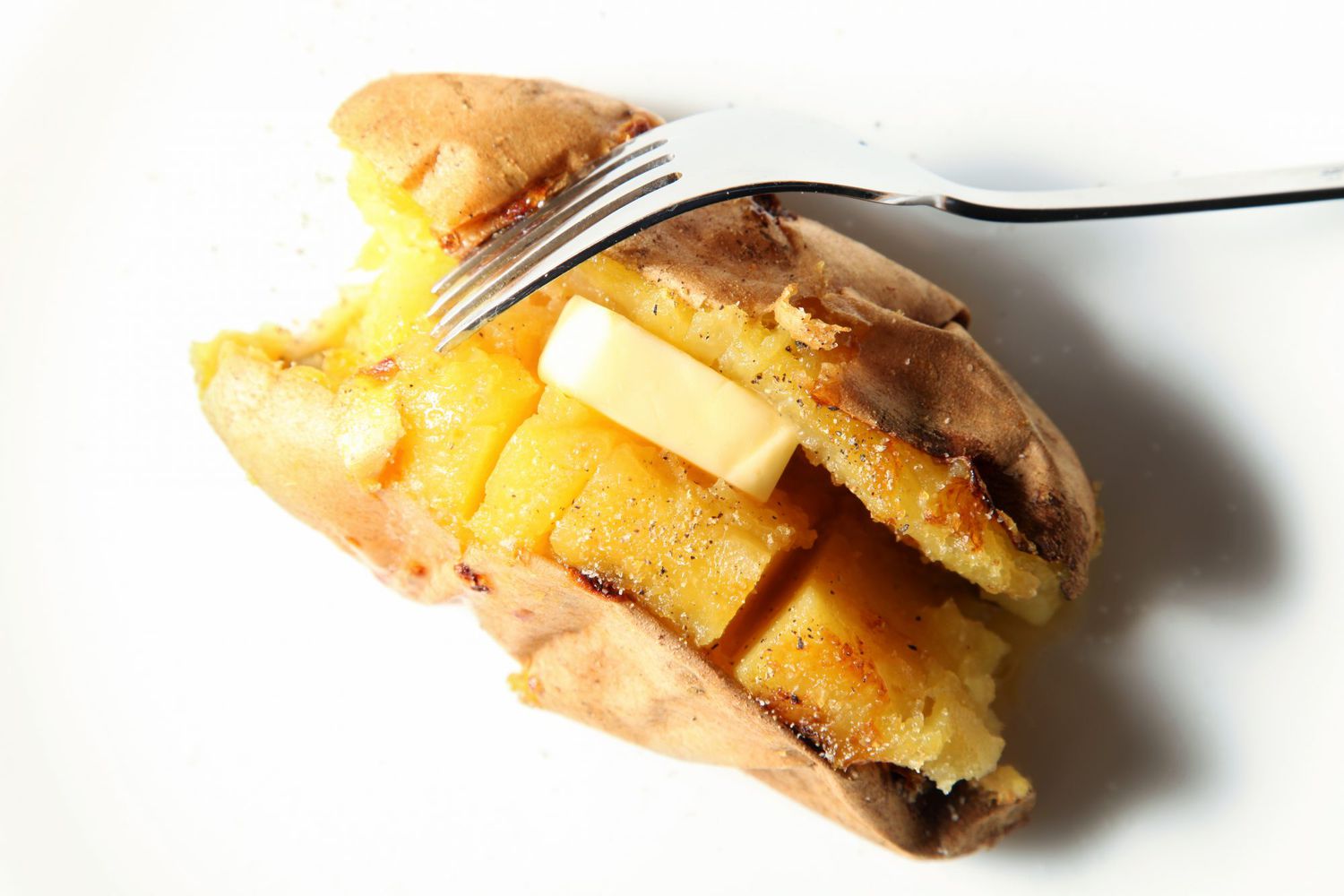Baking fat cakes, a beloved treat in many cultures, offers a delightful journey into the world of comfort food. These fluffy, deep-fried delights, often enjoyed with a hot beverage or as a snack, carry a rich history and versatility that can cater to various tastes and preferences. Whether you're a seasoned baker or new to the kitchen, mastering fat cakes is surprisingly straightforward. With simple ingredients and a bit of culinary magic, you can transform flour, yeast, and a few other pantry staples into golden, crispy-on-the-outside, soft-on-the-inside morsels of joy. Ready to get started? Let's dive into the art of baking fat cakes.
Gather Your Ingredients for Fat Cakes
- 2 cups all-purpose flour
- 1 tablespoon baking powder
- 1/2 teaspoon salt
- 1/4 cup sugar
- 1/2 cup unsalted butter, cold and cubed
- 3/4 cup whole milk
- Oil for deep frying
Essential Tools for Perfect Fat Cakes
- Mixing bowls of various sizes
- Measuring cups and spoons for accurate ingredient portions
- Whisk or electric mixer to blend ingredients smoothly
- Spatula for scraping and folding batter
- Deep fryer or large, heavy-bottomed pot for frying
- Thermometer to monitor oil temperature
- Slotted spoon or frying spider for safe removal of fat cakes from hot oil
- Paper towels or cooling rack to drain excess oil
- Rolling pin for evenly flattening dough
- Circular cutter or knife for shaping fat cakes
- Kitchen scale (optional) for precise dough portioning
Fat cakes, known as magwinya, are a delightful treat. Mix flour, sugar, yeast, and water. Let dough rise, then deep-fry until golden. Perfect for snacks or breakfast, offering a versatile taste.
The Joy of Baking Fat Cakes
Baking fat cakes, a traditional Southern African treat, is more than just about satisfying hunger. It's a celebration of culture and a nod to heritage. These fluffy, deep-fried delights represent a simple yet profound connection to past generations, offering a taste of home and nostalgia with every bite.
In kitchens across regions where these are a staple, making fat cakes goes beyond mere cooking. It's an act of love and a way of preserving familial bonds. Through the process, skills and stories are passed down, ensuring that the essence of community and shared history lives on in each savory morsel.
Your Step-by-Step Guide to Baking Fat Cakes
How To Bake Fat Cakes
-
Preheat Oven: Start by preheating your oven to 350°F (175°C). This ensures a consistent temperature throughout the baking process.
-
Gather Ingredients: Collect all necessary ingredients:
- Flour (2 cups)
- Sugar (1 cup)
- Baking Powder (1 tbsp)
- Salt (1 tsp)
- Milk (1 cup)
- Eggs (2, large)
- Butter (½ cup, melted)
- Vanilla Extract (1 tsp)
-
Mix Dry Ingredients: In a large bowl, combine flour, sugar, baking powder, and salt. Stir these together until evenly mixed.
-
Whisk Wet Ingredients: In a separate bowl, whisk together milk, eggs, melted butter, and vanilla extract until smooth.
-
Combine Wet and Dry Ingredients: Pour the wet mixture into the bowl with the dry ingredients. Mix until just combined; avoid overmixing to keep the fat cakes tender.
-
Prepare Baking Pan: Grease a muffin tin or line it with paper cups. This prevents sticking and makes removal easier after baking.
-
Fill Muffin Cups: Spoon the batter into the prepared muffin cups, filling each about three-quarters full. This allows space for the fat cakes to rise without spilling over.
-
Bake: Place the muffin tin in the preheated oven. Bake for 20-25 minutes, or until a toothpick inserted into the center of a fat cake comes out clean.
-
Cool: Remove the muffin tin from the oven. Let the fat cakes cool in the pan for 5 minutes before transferring them to a wire rack to cool completely.
-
Serve: Enjoy your fat cakes warm or at room temperature. They can be served plain or with toppings like jam, honey, or whipped cream for extra flavor.
Tips for Success:
- Do Not Overmix: Overmixing the batter can lead to tough fat cakes. Mix until ingredients are just combined.
- Check Oven Temperature: Oven temperatures can vary. Use an oven thermometer to ensure accuracy.
- Customize: Feel free to add chocolate chips, blueberries, or nuts to the batter for a personalized touch.
Mastering the Art of Fat Cake Baking
Baking fat cakes is more than just following a recipe; it's about embracing the joy of cooking and sharing delicious treats with loved ones. With the right ingredients, a bit of patience, and a sprinkle of love, anyone can master this delightful snack. Remember, practice makes perfect. Don't be afraid to experiment with different fillings or toppings to make each batch uniquely yours. Whether you're a seasoned baker or just starting out, fat cakes offer a wonderful opportunity to hone your skills and impress your friends and family. So, grab your apron, preheat your oven, and get ready to dive into the world of fat cake baking. Happy baking!
All Your Questions About Fat Cakes Answered
What are fat cakes?
Fat cakes, also known as magwinya, are a type of deep-fried dough snack popular in Southern African cuisine. Think of them as the plump, golden cousins to doughnuts, but with a unique twist in flavor and texture that sets them apart.
How do I get my fat cakes to puff up nicely?
Getting your fat cakes to puff up is all about the dough's consistency and the temperature of your oil. Ensure your dough is not too stiff; it should be soft and slightly sticky. Also, keep your oil hot enough (around 350°F or 175°C), but not smoking, to encourage a good puff and a beautifully golden exterior.
Can I add any fillings to fat cakes?
Absolutely! While traditional fat cakes are enjoyed plain, feel free to get creative. Sweet fillings like jam or chocolate spread and savory options like minced meat or cheese can turn them into a delightful treat or a hearty snack.
What's the best way to serve fat cakes?
Fat cakes are best served warm, fresh out of the fryer. They're delicious on their own or with a dusting of powdered sugar for a sweet touch. For a savory twist, pair them with savory dips or stews. They're incredibly versatile!
How long can I store leftover fat cakes?
Leftover fat cakes can be stored in an airtight container at room temperature for up to 2 days. For longer storage, pop them in the fridge for up to a week. Reheat in a warm oven or microwave until they're soft and warm again.
Is there a healthier version of fat cakes?
For those looking for a lighter option, baking fat cakes instead of frying them is a great alternative. Prepare your dough as usual, then bake at 375°F (190°C) until they're golden and puffy. Keep in mind, the texture might differ slightly from the traditional fried version, but they're still utterly delicious.
Can I use whole wheat flour for making fat cakes?
Yes, you can use whole wheat flour to make fat cakes. They'll have a nuttier flavor and denser texture but will still be tasty. You might need to adjust the amount of liquid since whole wheat flour absorbs more moisture.
Was this page helpful?
Read Next: How To Bake A Cake In An Oster Bread Maker
